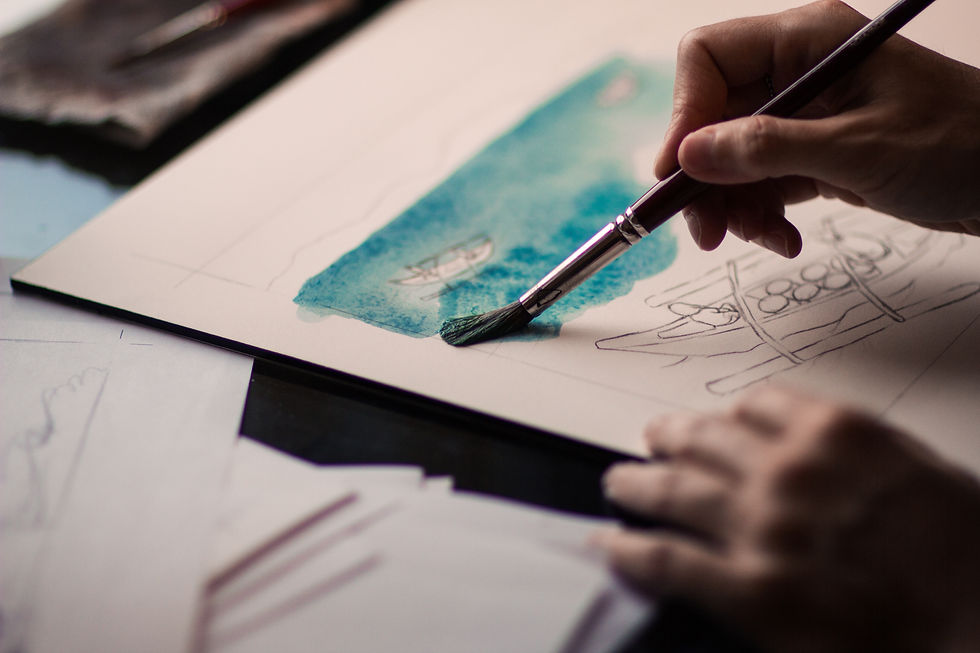Art Therapy is helpful for people of all ages and its benefits go beyond the field of mental health into many other areas of life.
Including an art therapy practice along with other recovery methods when dealing with traumatic life events is essential for expressing our emotions (particularly the more negative ones) rather than letting them control our day-to-day.
Making art allows for the opportunity to be fully present in the moment and offers a sense of relaxation and peace amidst stressful times. Studies have proven the positive effects of art therapy on trauma patients by changing the perception of pain, which leads to increased optimism and reduced symptoms of depression and anxiety.
Art therapy can be incredibly beneficial to those suffering from PTSD as it provides " a powerful way to safely contain and create separation from the terrifying experience of trauma,” according to board-certified art therapist Gretchen Miller for the National Institute for Trauma and Loss in Children. Art allows PTSD survivors to safely release repressed memories and express their pain in a way when words don't suffice.
Recovering from trauma and PTSD leads survivors back to finding safety in their bodies again. Often, when people undergo traumatic events, they feel disconnected or dissociated from their bodies. Art therapy can help heal the relationship you have within your body because it allows the artist to externalize painful memories onto a physical thing (paper, canvas, etc) instead of bottling it up, therefore allowing the artist to relearn that they are safe in their own body.

#arttherapy #cancersurvivor #artishealing #Westminstertherapy #Westminsterpersonalgrowth #denverarttherapy #denverartclasses #adultartclassesnearme #adultartclassesdenver #denveradultartclasses #denverpaintingclasses #westminsterpaintingclasses #westminsteradultartclasses #traumarecovery #ptsdrecovery
